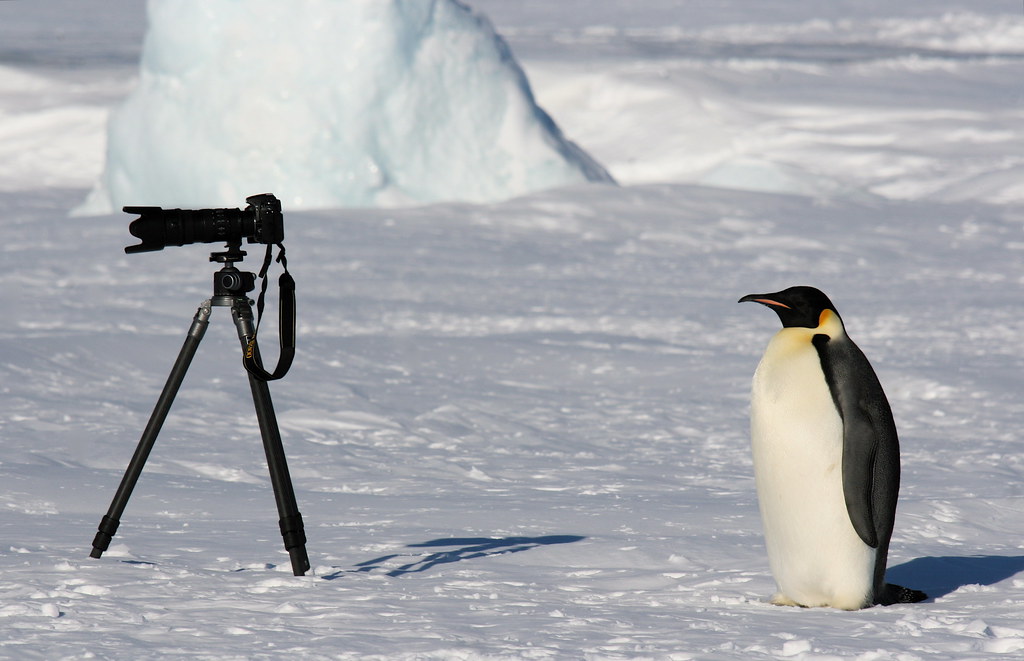First step. Decide how you’re getting there.
There are basically two ways for tourists to travel to Antarctica: cruise ships and expedition ships. Cruise ships are probably exactly what you are thinking–the big ships that are like floating cities with restaurants, spas, sports, movie theaters, etc. They can hold thousands of people. Expedition ships are smaller and less luxurious, have way fewer amenities, and, in the case of ships that go to the polar regions, have ice-strengthened hulls so they can get through the ice.
Companies that take tourists there comply with an international agreement that allows only 100 people at a time to be on land in Antarctica. Because of this, those large cruise ships don’t do any landings, they just drive by. The expedition ships carry anywhere from 50-200 passengers. The ones with more than 100 passengers rotate groups of passengers on land. (Often while one group is on land, the others will cruise around in zodiacs.) We were only interested in the trips that do landings.
I read up on all the expedition ships and tour operators that go to Antarctica. I narrowed in on Quark and National Geographic fairly quickly. From there, we needed to find a trip that had availability for three people, and preferably for under $10,000 per person. Even though we were booking a year in advance, lots of things were already sold out, especially the cheaper spots like we were looking for.
Second step. Decide if you’re including South Georgia and the Falkland Islands.
This adds several days and a lot of money to your trip. People who go say they are amazing places. But the prices were too much (starting around $17k per person), so we didn’t opt to include them.
Quark had a trip that went south of the Antarctic Circle, which is farther south than most ships go. Both because it crosses the circle and because it’s a little bit longer of a trip, that one appealed to me the most. We lucked out with finding one triple cabin available on this trip–the last triple!–that fit our budget. Done!
The ship we’ll be on is called the Sea Adventurer, and it holds just over 100 passengers.

